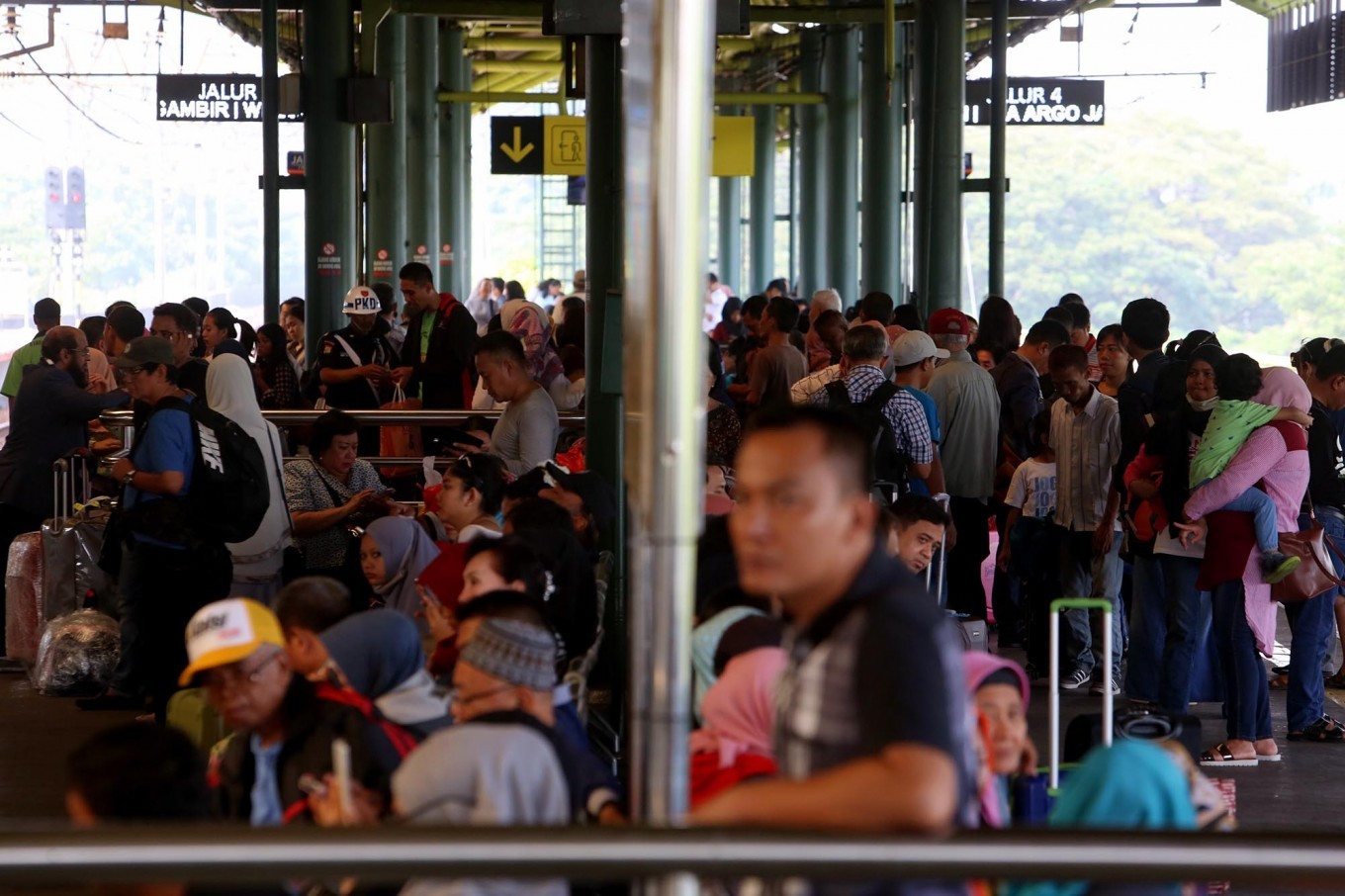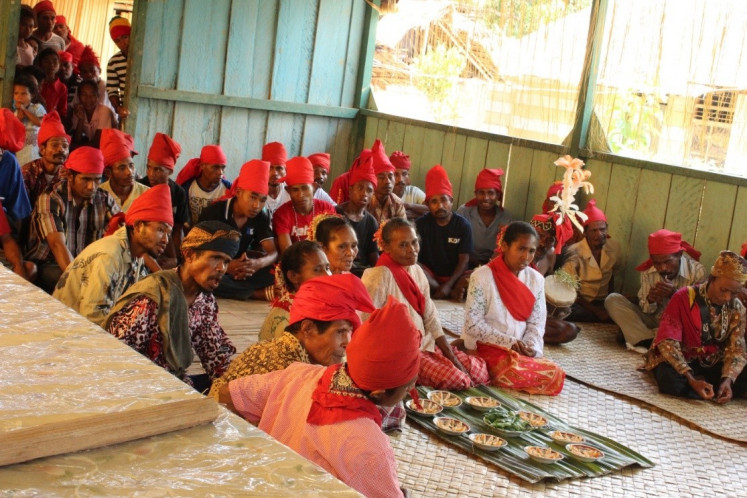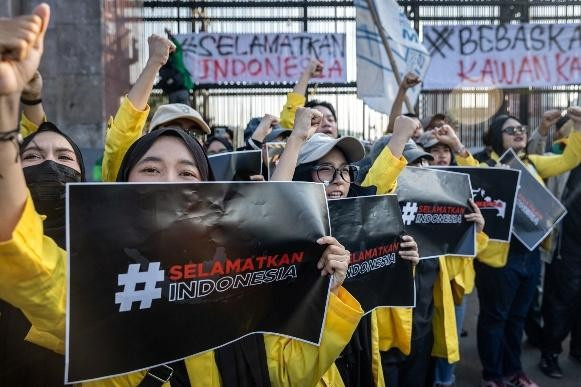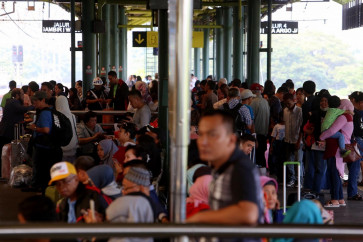Popular Reads
Top Results
Can't find what you're looking for?
View all search resultsPopular Reads
Top Results
Can't find what you're looking for?
View all search resultsAnalysis: Government's differentiated KRL fare plan sparks protests
Change text size
Gift Premium Articles
to Anyone
T
he government’s plan to differentiate the pricings of Commuter Line (KRL) tickets based on commuters’ identity card numbers (NIK) has sparked widespread public outcry. The new fare plan, aimed at providing subsidized ticket fares only to those eligible, would result in a fare increase for the middle class, who are in an increasingly precarious position.
The differentiated fare plan is incorporated in the 2025 budget related to improvements in the implementation of government subsidies for public service obligations (PSOs). The budget subsidy for PSOs next year is Rp 7.96 trillion (US$516.33 million), a 0.9 percent increase from the 2024 outlook. Of the total budget, 60 percent, or Rp 4.79 trillion, is allocated for state-owned railway company PT KAI. There is no specific figure for the PSO subsidy allocations for KRL, but in 2023, KRL’s subsidy portion was 65.2 percent of the total PSO budget for KAI.
The government has argued that the fare increase for the middle class should be acceptable, as the KRL fares have remained the same since 2016 despite the increasing operating costs. Currently, the KRL fare is set at Rp 3,000 for the first 25 kilometers and an additional Rp 1,000 for every subsequent 10 km.
For KRL users, however, a fare increase would be acceptable, but not fare differentiation based on income. Differentiating KRL users into rich and poor goes against the fundamental idea of inclusive public transportation that provides all groups with the same standards of service. KRL users have been demanding improvement in KRL services, such as in the headway time between trains and limited train capacity during peak hours.
Because transportation systems in Greater Jakarta are not yet integrated, commuters encounter issues in both the first and last mile of their journeys, in which they have to switch transportation modes. This causes transportation costs among commuters in Greater Jakarta to amount to 11.4 percent of their minimum wage, beyond the World Bank’s recommendation of 10 percent.
Despite its large size, the middle class in Indonesia often does not receive adequate social protection, unlike the poor and vulnerable. The middle class faces a subdued economy with the escalating risk of massive layoffs. Job cuts have reached 46,240 this year, 5,000 higher than the same period last year.
Experts have warned the government not to further burden the middle class as it could eventually drive them to massive protests such as those in Chile in 2019, known as the Chilean paradox. Indonesia now has a similar situation where the economy consistently grows at 5 percent, but it only benefits upper income earners. This was shown as workforce absorption in the formal sector declined from 44.12 percent in 2019, to 40.89 percent in 2023, causing the middle-class population to fall from 57.33 million in 2019, to 47.85 million in 2024.



















